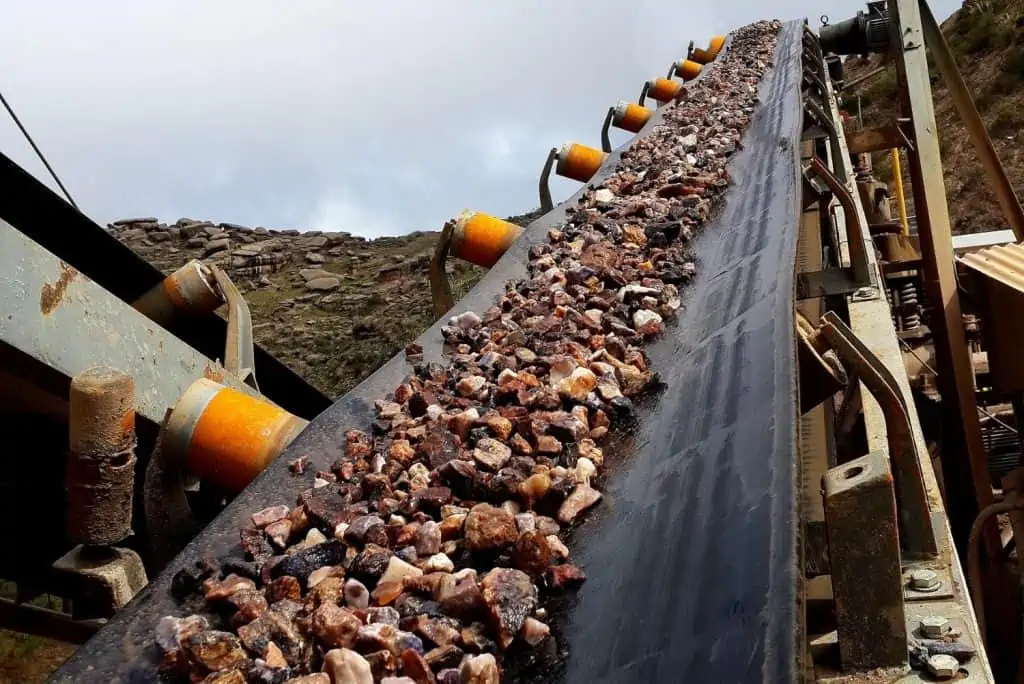
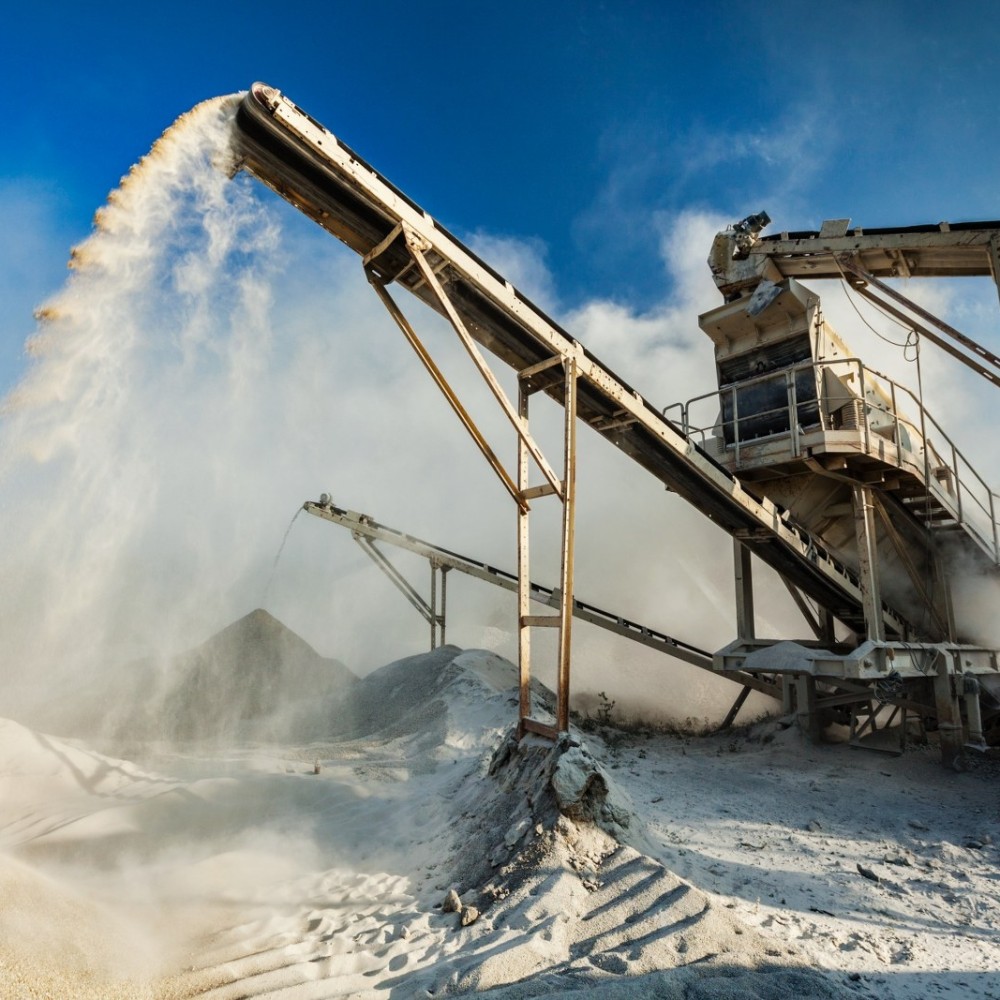
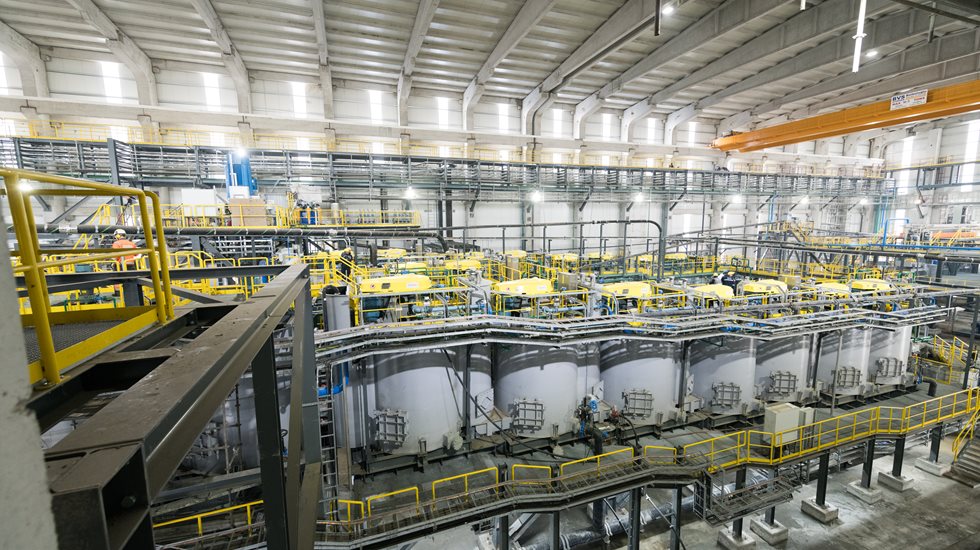
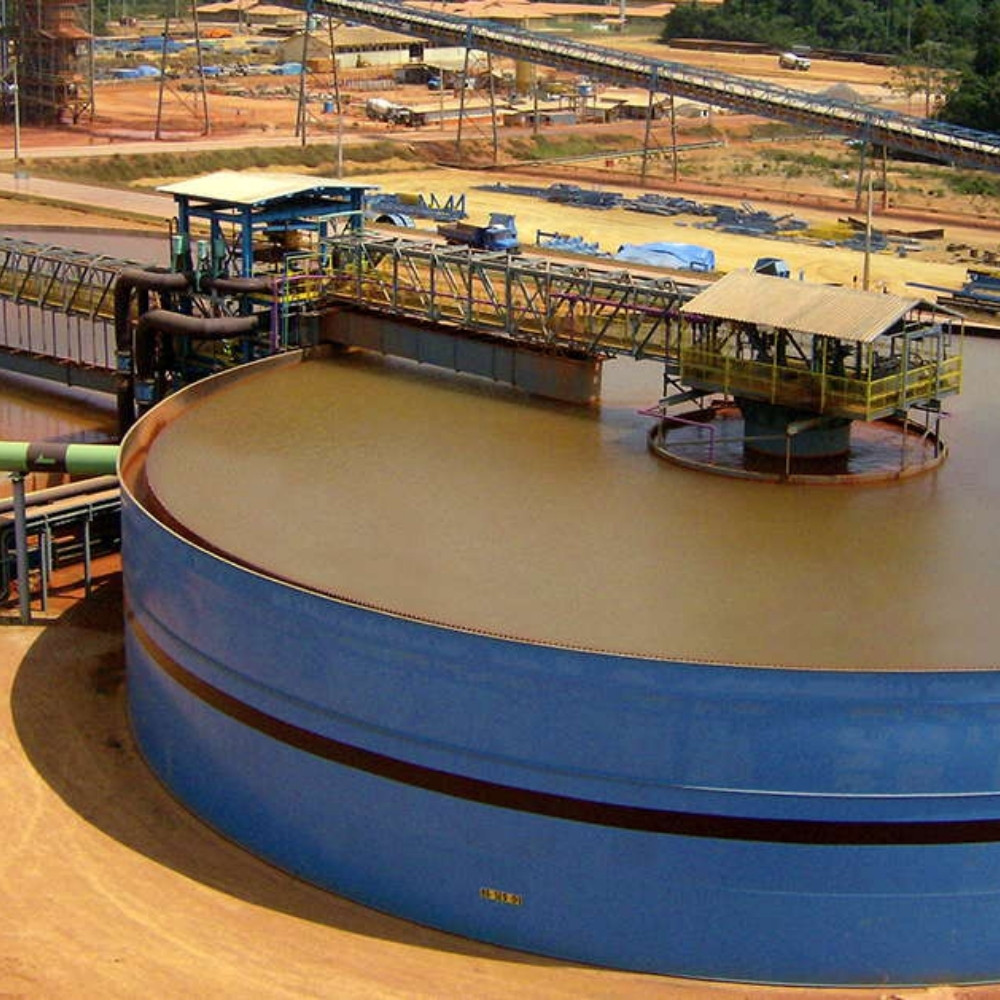
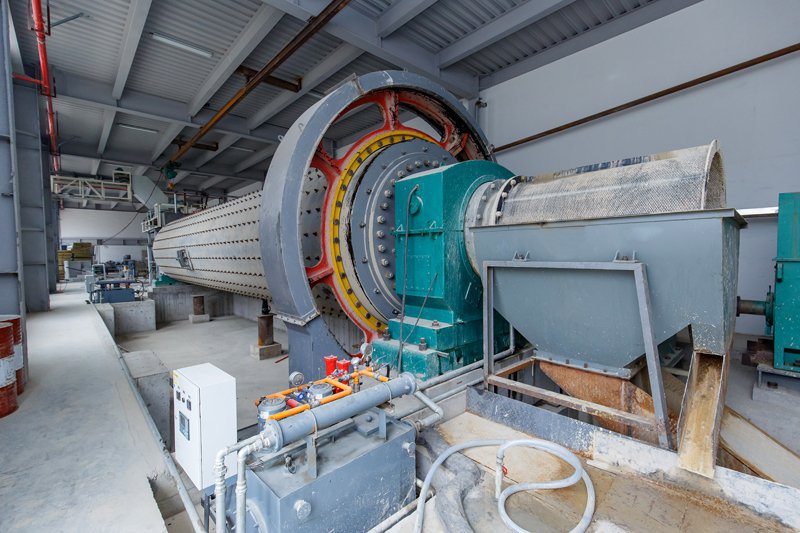
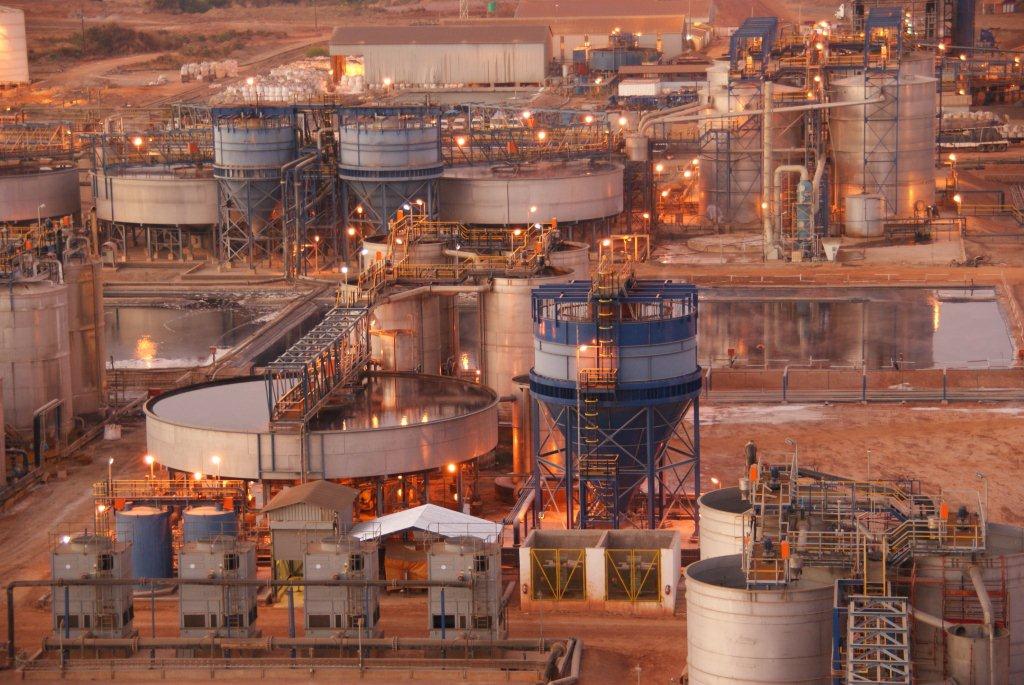
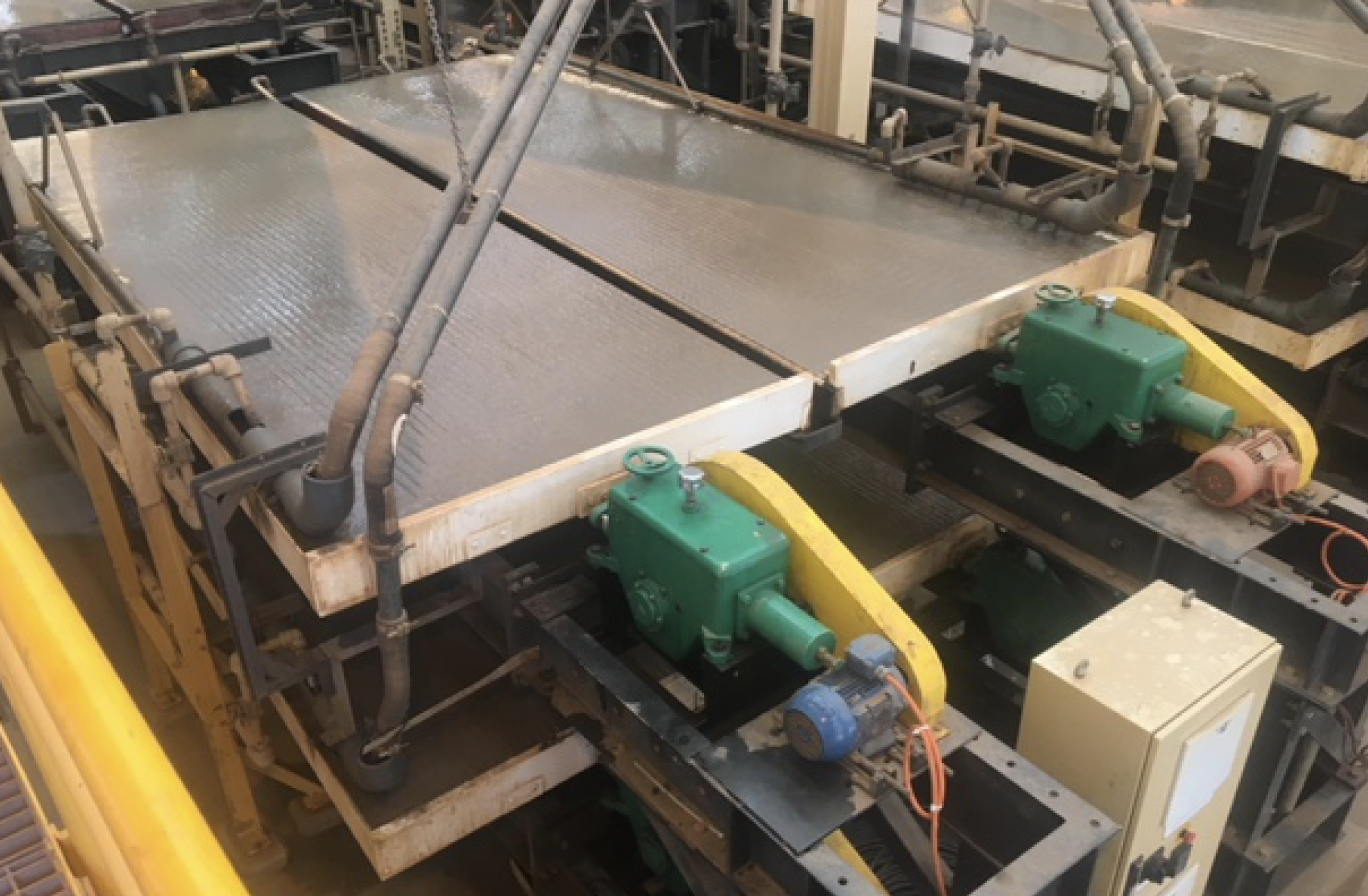
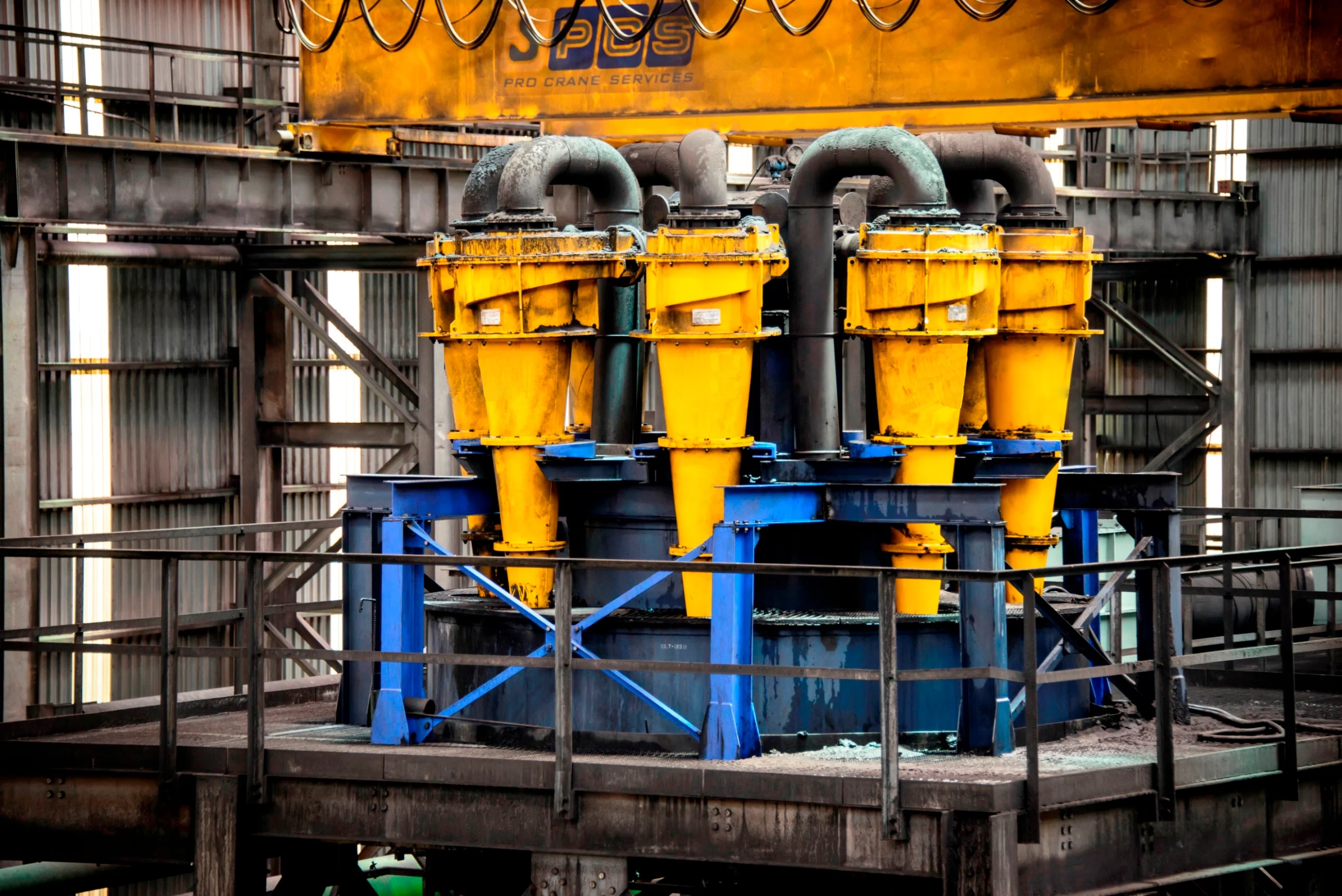
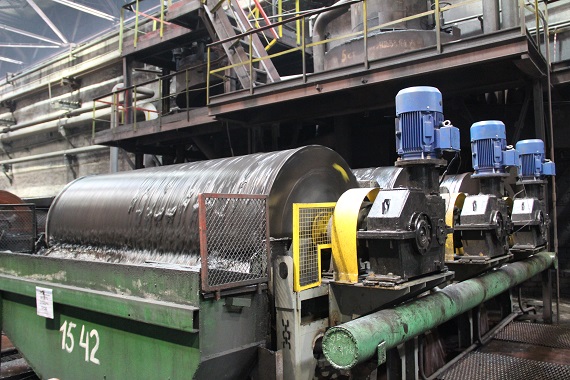
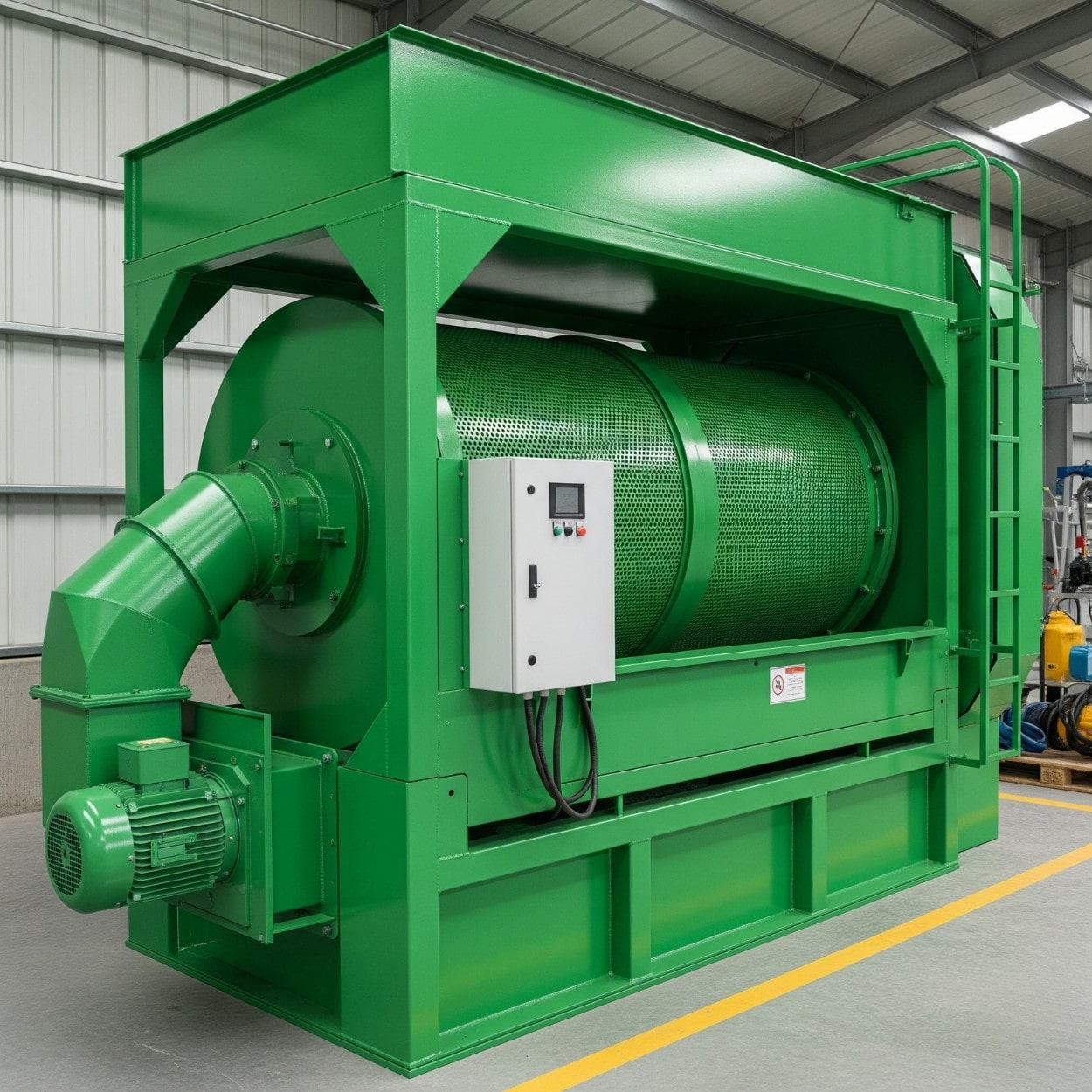
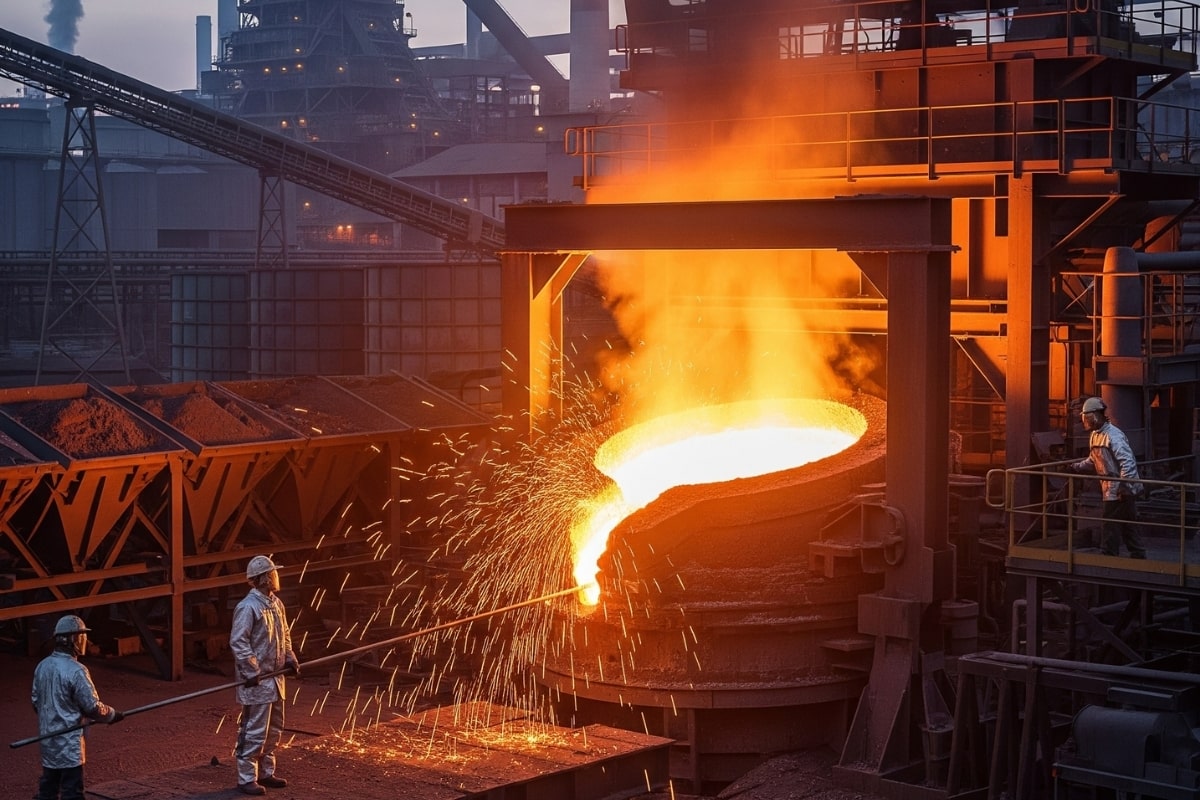
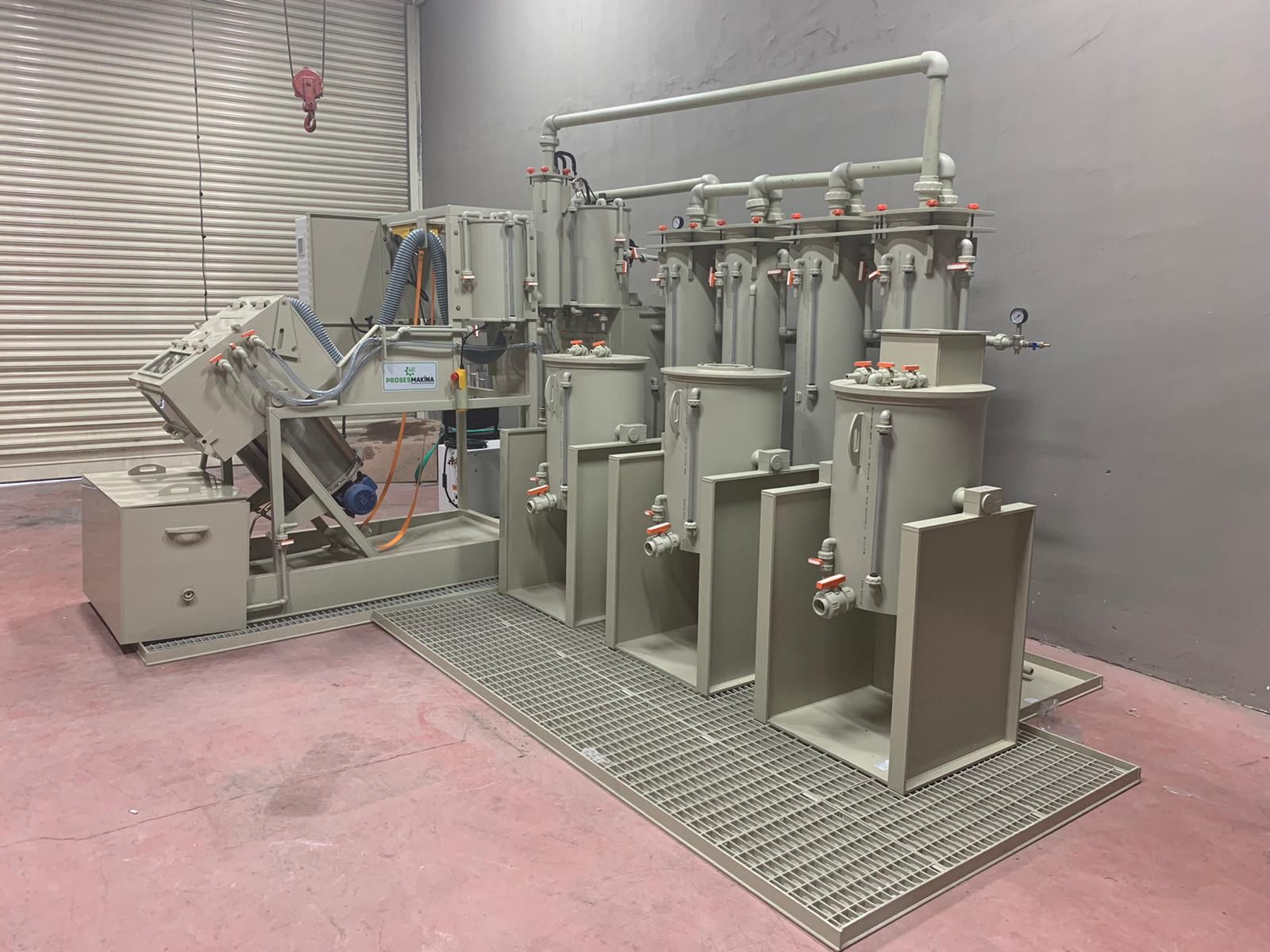
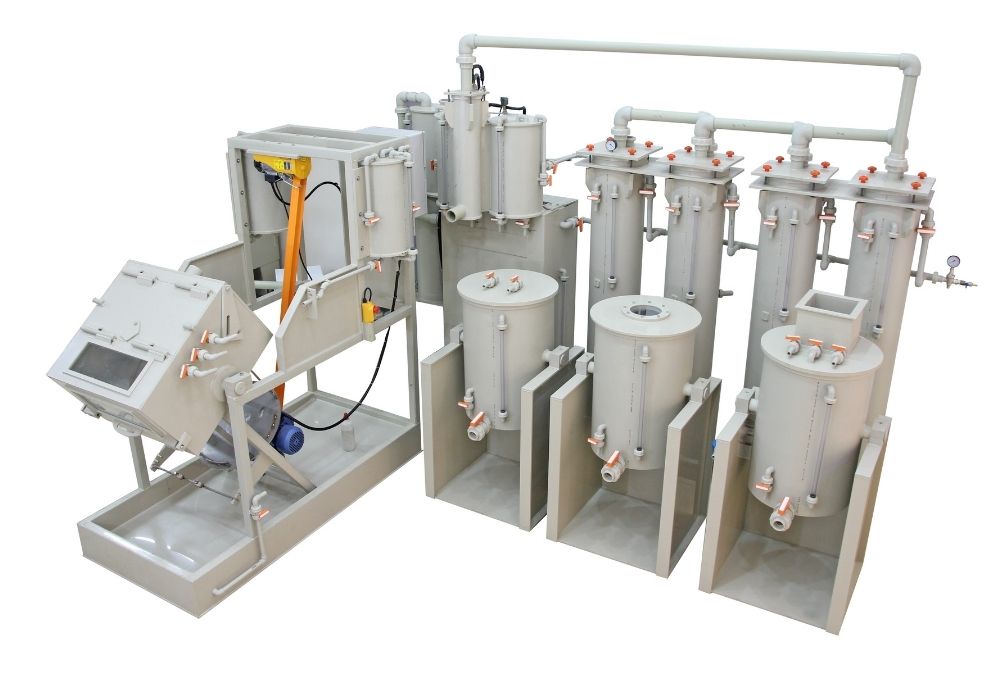
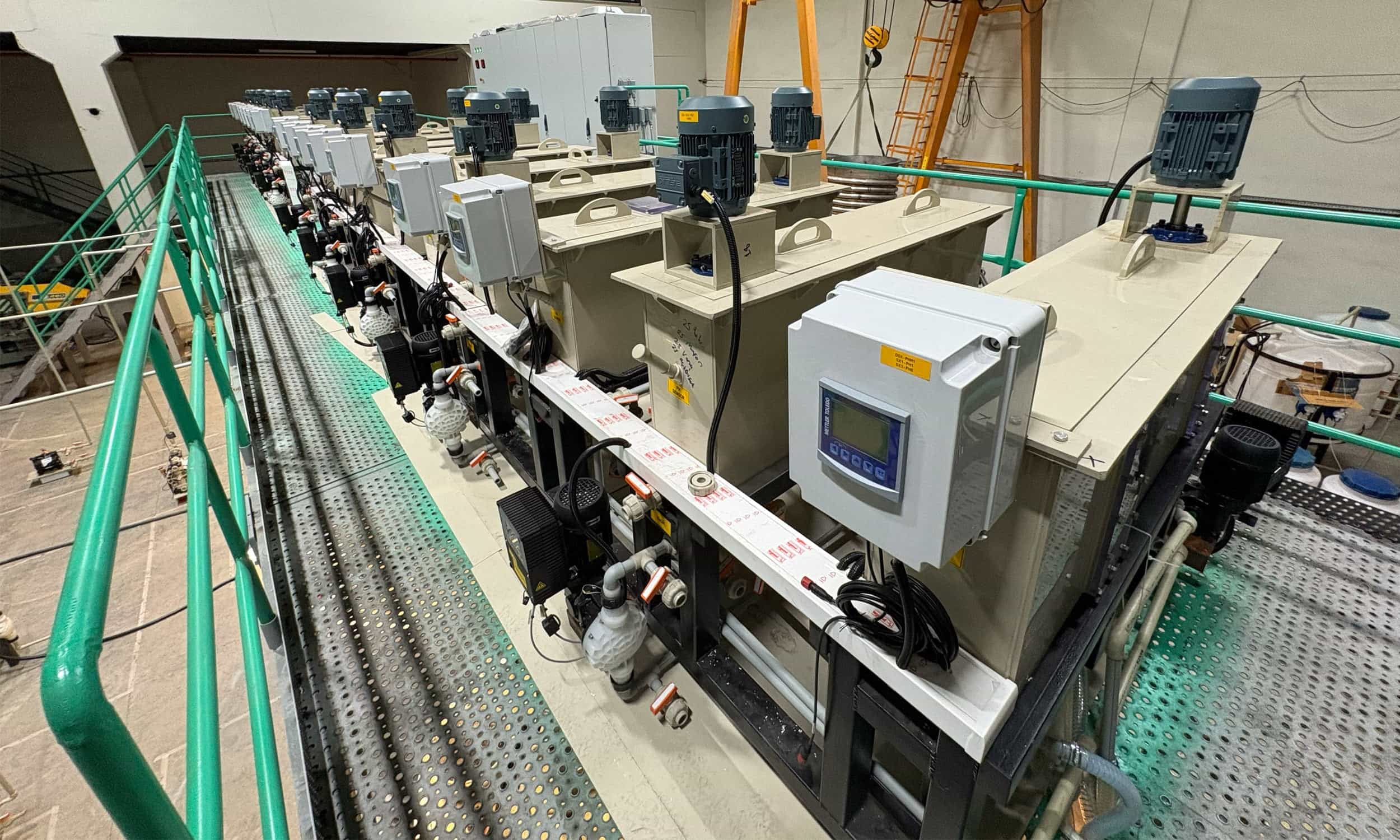
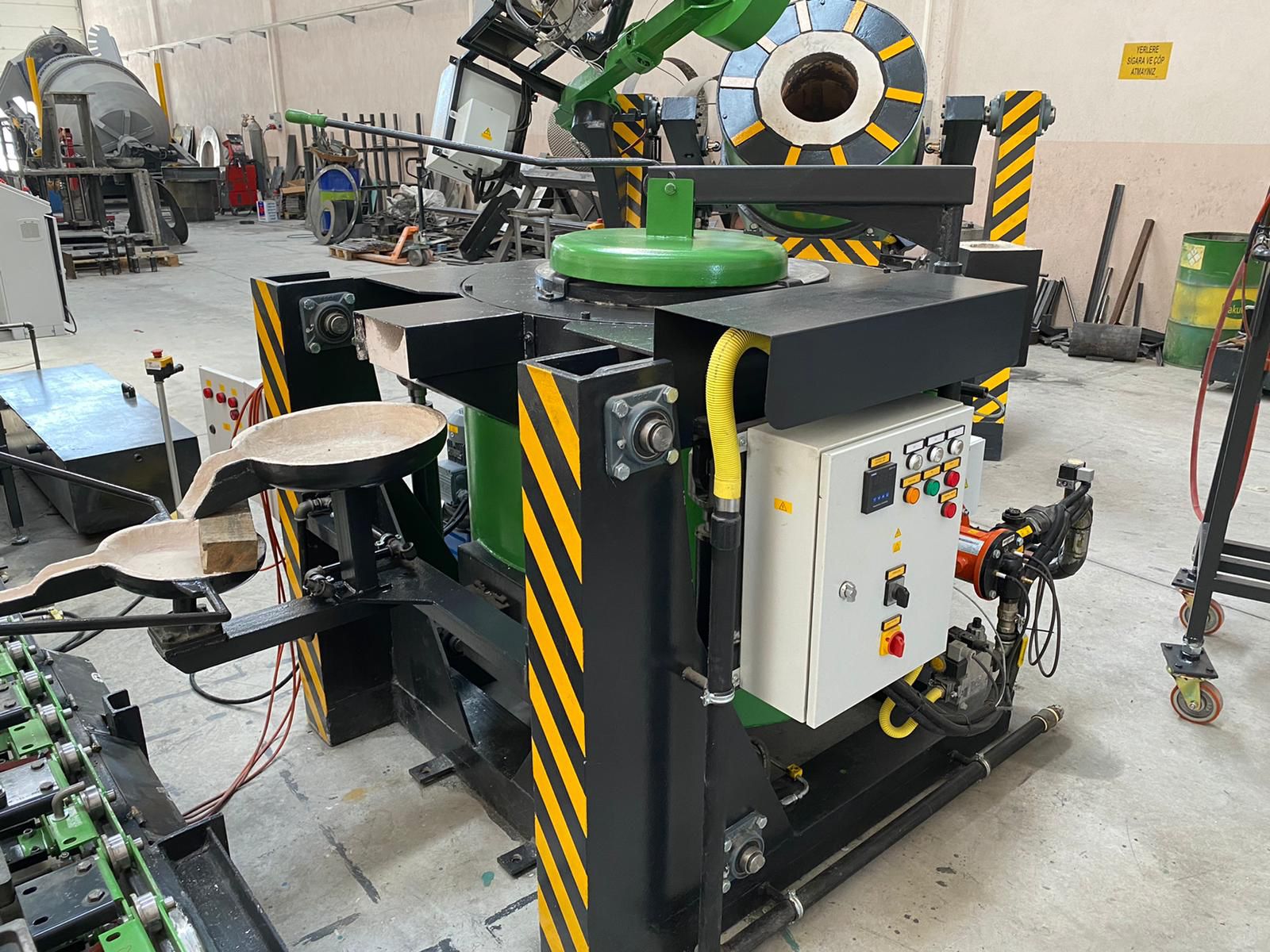
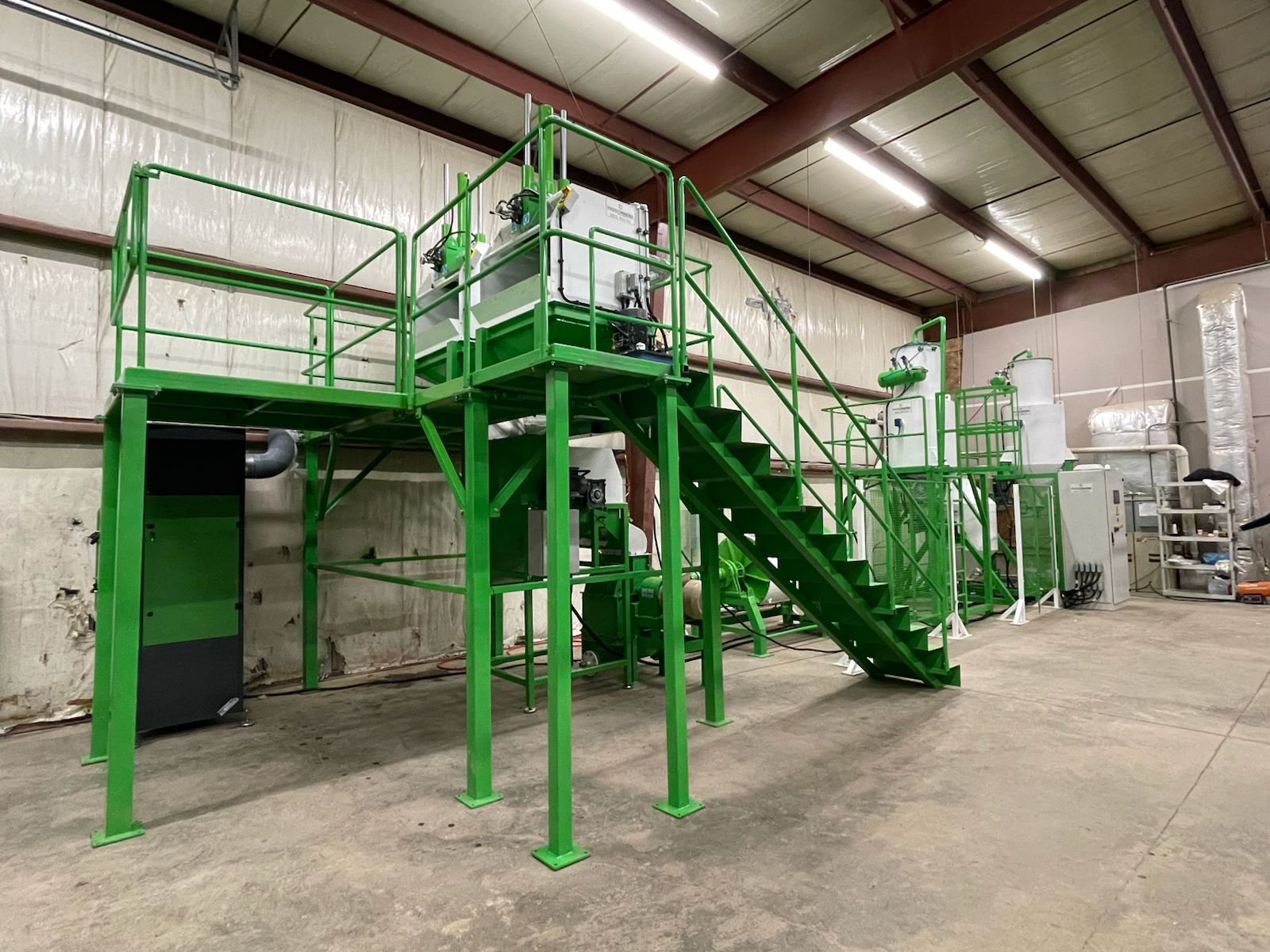
COARSE PARTICLE CLASSIFICATION
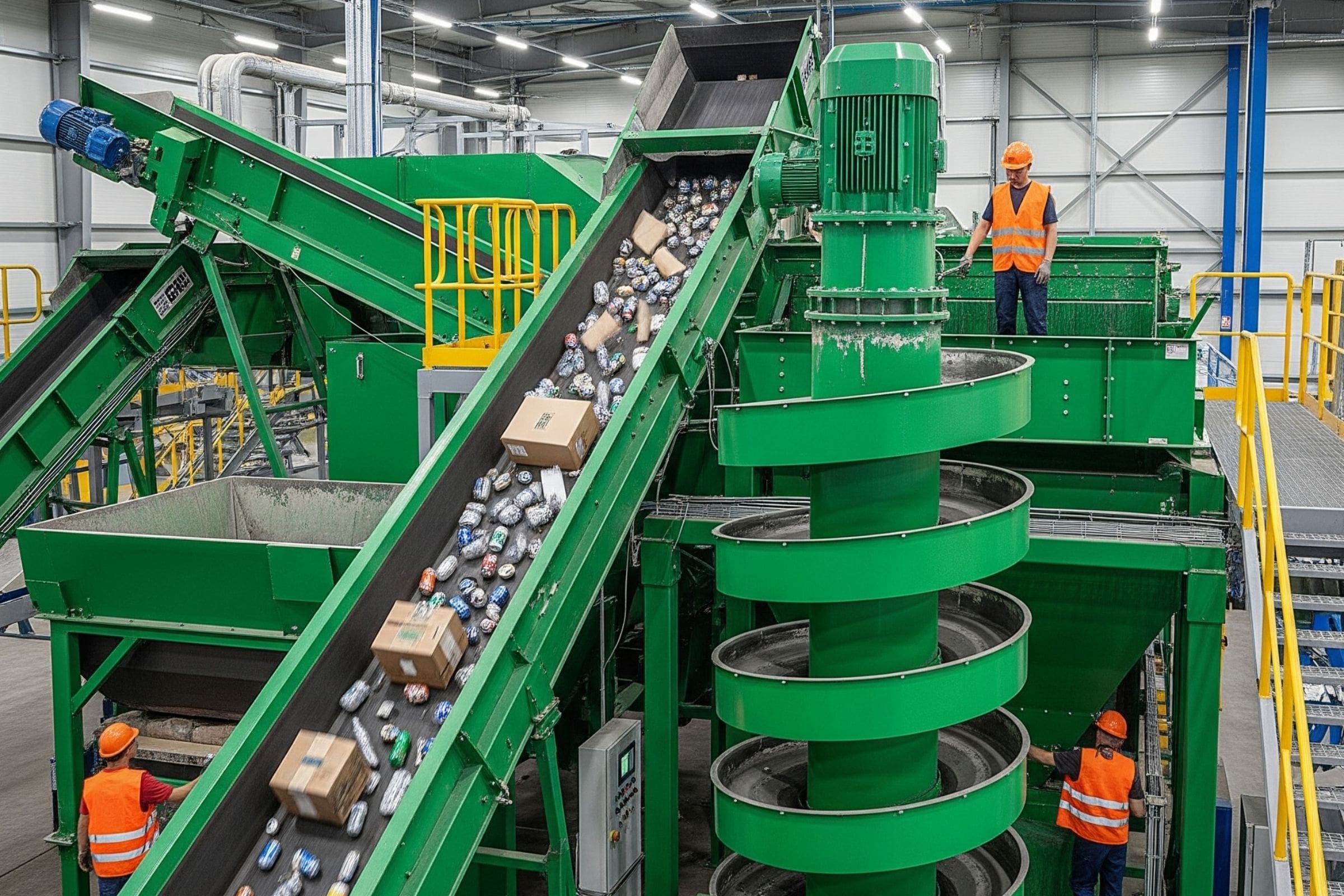
The spiral classifier is an essential piece of equipment used for pre-classification and desliming of ores, closed-circuit grinding systems to separate and return coarse particles to the mill, dewatering operations in sand and gravel plants, and upgrading fine materials such as kaolin, silica, metal oxides, and other non-metallic minerals. Utilizing gravitational and centrifugal forces, it efficiently separates particles based on differences in size, shape, and specific gravity. Its vertical-axis helical structure operates within an inclined tank, promoting effective sedimentation and stratification of materials. The working principle is based on the differential settling velocity of particles in a slurry. Coarser and heavier particles tend to settle at the bottom and are conveyed upward along the inclined trough by the rotating spiral blade, whereas finer and lighter particles remain suspended and are carried away by the overflow at the top.
The Single Spiral Classifier incorporates a single helical blade along the inclined axis and is typically employed for smaller-scale operations or where coarse particle classification is the primary objective. The simplicity of its design allows for easy installation and maintenance, while still achieving effective separation. It is particularly suitable for applications involving low-capacity processing lines where accurate separation of particles larger than a specified cut point is sufficient.
Lower power consumption
Compact structure
Optimized for coarse particle classification (typically >150 µm)
Ideal for small to medium mineral processing facilities
The Double Spiral Classifier offers enhanced capacity and classification efficiency, featuring twin helical blades rotating in tandem. This configuration is particularly advantageous for high-throughput beneficiation circuits where precise separation of multiple particle fractions is required. The dual-spiral system ensures uniform material distribution, reduces sedimentation lag, and allows for consistent handling of larger slurry volumes without compromising classification accuracy.
Increased throughput and processing efficiency
Improved classification precision for finer particle ranges
Greater operational stability under varying slurry conditions
Preferred in large-scale industrial operations (e.g., iron ore, sand washing, non-ferrous metal processing)
| Model | Screw Diameter (mm) | Trough Length (mm) | Rotation Speed (RPM) | Overflow Capacity (m³/h) | Settling Area (m²) | Motor Power (kW) | Approx. Weight (kg) |
|---|---|---|---|---|---|---|---|
| SC-300 | 300 | 3000 | 6–8 | 10 | 1.0 | 2.2 | 2500 |
| SC-400 | 400 | 3500 | 6–8 | 18 | 1.5 | 3 | 3000 |
| SC-500 | 500 | 4000 | 6–8 | 25 | 2.0 | 4 | 4000 |
| SC-600 | 600 | 4500 | 5–7 | 35 | 2.5 | 5.5 | 5000 |
| SC-750 | 750 | 5000 | 5–7 | 50 | 3.0 | 7.5 | 6500 |
| SC-900 | 900 | 5500 | 5–7 | 70 | 4.0 | 11 | 8000 |
| SC-1000 | 1000 | 6000 | 4–6 | 85 | 5.0 | 15 | 10000 |
| SC-1200 | 1200 | 6500 | 4–6 | 110 | 6.0 | 18.5 | 12000 |
| SC-1500 | 1500 | 7000 | 4–6 | 150 | 7.5 | 22 | 15000 |
| SC-1800 | 1800 | 7500 | 4–6 | 200 | 9.0 | 30 | 18000 |
| SC-2000 | 2000 | 8000 | 3–5 | 240 | 11.0 | 37 | 21000 |
| SC-2200 | 2200 | 8500 | 3–5 | 280 | 13.0 | 45 | 24000 |
| SC-2400 | 2400 | 9000 | 3–5 | 320 | 15.0 | 55 | 27000 |
| SC-2600 | 2600 | 9500 | 3–5 | 360 | 17.0 | 75 | 30000 |
| SC-3000 | 3000 | 10000 | 3–5 | 420 | 20.0 | 90 | 35000 |
NOTE: Our company manufactures systems in a wide range of capacities, from laboratory scale to industrial scale. To receive a price quote for your desired capacity, please send an email to
info@proses-makina.com